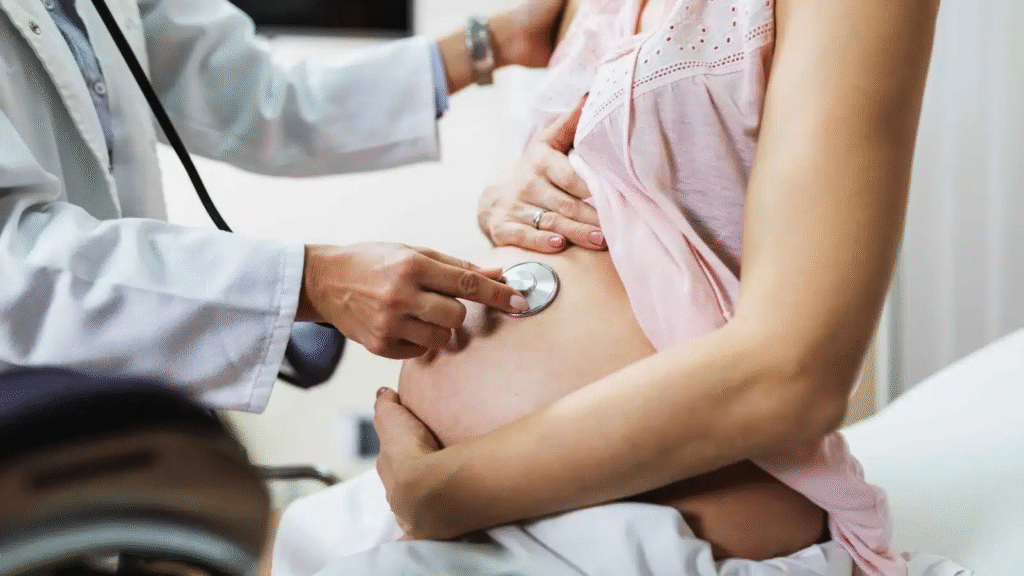Infertility is a deeply personal and often challenging journey for many couples. In cases where conception does not occur after a year of regular, unprotected intercourse, infertility may be diagnosed. Around 40–50% of infertility cases are attributed to male reproductive issues, making it crucial to understand how infertility treatment is specifically tailored to male factors. This article provides a detailed exploration of the diagnostic and treatment pathways followed by reproductive specialists when addressing male infertility, especially focusing on clinical, individualized approaches employed by fertility experts. If you are looking for world-class care and advanced evaluation, Infertility Treatment in Dubai offers a promising path tailored to male fertility concerns.
Understanding Male Infertility:
Male infertility refers to a man’s inability to cause pregnancy in a fertile female. The condition stems from a range of anatomical, hormonal, genetic, or environmental factors. Fertility doctors tailor treatments by first establishing the root cause through detailed diagnostics.
Common Causes of Male Infertility Include:
| Category | Examples |
|---|---|
| Hormonal Issues | Low testosterone, pituitary dysfunction |
| Anatomical Abnormalities | Varicocele, obstruction in sperm ducts |
| Genetic Disorders | Klinefelter syndrome, Y-chromosome deletions |
| Sperm Disorders | Low sperm count, poor motility, or morphology |
| Lifestyle Factors | Smoking, obesity, and heat exposure |
How Fertility Doctors Customize Treatment for Male Infertility
Once a diagnosis is confirmed, doctors create a treatment pathway that is specific to the underlying cause and the patient’s reproductive goals. Here’s how the customization process unfolds:
1. Hormonal Therapies for Endocrine Imbalances
When male infertility is caused by hormonal disturbances such as hypogonadism or pituitary dysfunction:
-
Doctors use hormonal replacement therapies to restore normal testosterone and FSH/LH levels.
-
Endocrinologists and fertility specialists closely monitor progress with periodic hormonal assessments.
-
In cases of secondary hypogonadism, pulsatile GnRH therapy or injectable gonadotropins may be recommended.
2. Surgical Intervention for Anatomical Issues
In men with physical blockages or abnormalities, fertility doctors may recommend surgery. Common procedures include:
-
Varicocelectomy: Used to correct varicoceles, improving blood flow and potentially sperm production.
-
Vasovasostomy or Vasoepididymostomy: Reconstructive surgeries to reverse vasectomies or repair blockages.
-
Sperm Retrieval Techniques: In cases of azoospermia, specialists use techniques like TESE, PESA, or MESA to extract sperm directly from the testicles or epididymis for use in assisted reproductive technologies (ART).
3. Assisted Reproductive Technologies (ART) Tailored to Male Factors
When natural conception is unlikely despite other interventions, fertility doctors use ART methods that compensate for male-factor infertility. Techniques include:
-
Intrauterine Insemination (IUI): In cases of mild sperm issues. The sperm is washed, concentrated, and inserted directly into the uterus.
-
In Vitro Fertilization (IVF): Eggs and sperm are combined in a lab. Best for men with moderate to severe sperm quality issues.
-
Intracytoplasmic Sperm Injection (ICSI): Used when sperm count or quality is extremely low. A single sperm is injected directly into the egg.
4. Lifestyle and Behavioral Counseling
Male infertility is often linked to modifiable lifestyle factors. Fertility doctors incorporate personalized counseling to address:
-
Diet and nutrition
-
Exercise and weight management
-
Avoidance of heat (saunas, hot tubs)
-
Reducing alcohol, smoking, and drug use
-
Stress reduction and sleep hygiene
5. Genetic Counseling and Specialist Referrals
In cases where genetic abnormalities such as Y-chromosome microdeletions or karyotype anomalies are discovered, fertility doctors work closely with genetic counselors. Their role is to:
-
Determine the inheritance risk to offspring
-
Assess the viability of sperm retrieval
-
Guide couples in understanding ART outcomes, including the use of donor sperm
Benefits of Tailored Male Infertility Treatment
| Benefit | Description |
|---|---|
| Personalized Diagnosis | Every patient undergoes unique tests to find specific infertility causes. |
| Targeted Treatments | Doctors avoid one-size-fits-all approaches, improving treatment outcomes. |
| Improved Sperm Health | Treatments often restore natural sperm production or function. |
| Support for Natural or Assisted Conception | Enables conception through natural methods or optimized ART options. |
| Psychological and Emotional Support | Reduces mental stress through structured medical counseling and support. |
FAQ’s:
1. How is a semen analysis interpreted by fertility doctors?
Semen analysis evaluates parameters like sperm count, motility (movement), morphology (shape), and volume. Abnormalities in any area guide the diagnosis and next steps in treatment.
2. What if my hormonal levels are normal, but I still have infertility?
Even with normal hormonal levels, issues like DNA fragmentation, infections, or anatomical problems can cause infertility. Further testing is required for accurate diagnosis.
3. Can male infertility be reversed?
Yes, depending on the cause. Hormonal imbalances, varicoceles, and infections are often treatable, potentially reversing infertility.
4. Do fertility specialists always recommend ICSI for male infertility?
Not always. ICSI is chosen when sperm quality or quantity is severely compromised. In milder cases, IUI or traditional IVF may be suitable.
5. When should a couple seek help from a fertility doctor?
Couples should consult a fertility specialist if they’ve been trying to conceive for over 12 months without success (or 6 months if the woman is over 35).
Conclusion
Tailoring infertility treatment for male reproductive issues involves more than just a standard approach—it requires a personalized plan rooted in comprehensive diagnosis and continuous collaboration between the patient and fertility specialists. From hormonal therapy to ART and lifestyle interventions, every step is designed to address specific challenges while optimizing the chances of successful conception












































